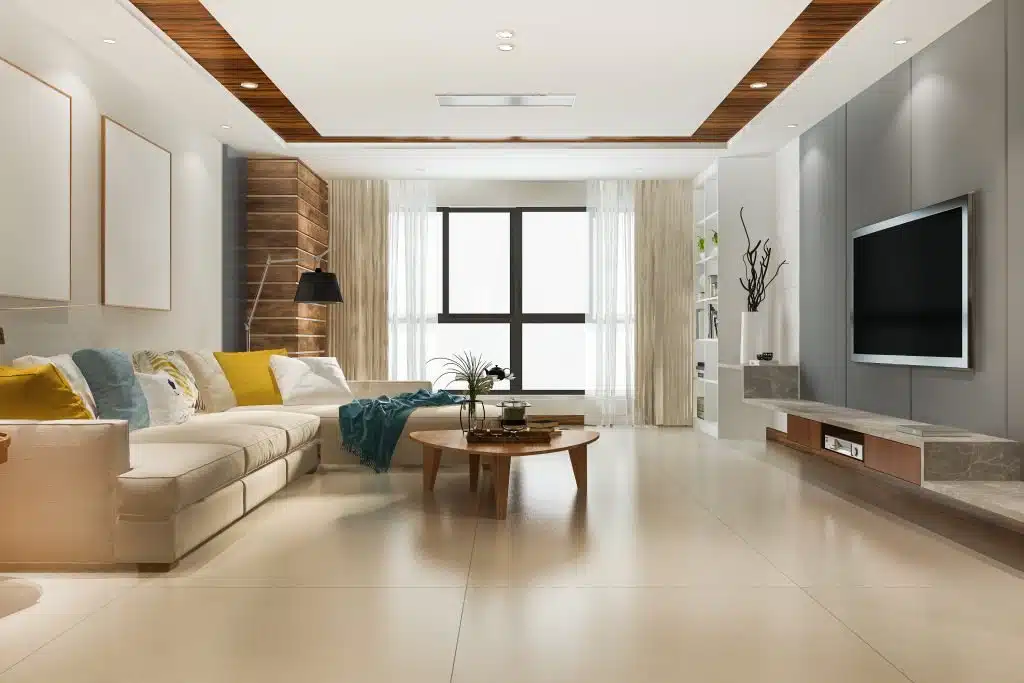A Guide to Selecting Quality Interior Products for Homes

A Guide to Selecting Quality Interior Products for Homes
Creating a home that reflects both comfort and style requires thoughtful selection of interior products. From furniture to lighting, every piece contributes to the overall aesthetic and functionality of your space. As someone who has spent years in interior design, I’ve learned that quality matters—whether you're furnishing a new home or revamping an existing one. In this guide, I’ll share key insights on how to choose premium interior products that stand the test of time.
Why Quality Matters in Interior Design
Investing in high-quality home products isn’t just about luxury; it’s about durability, sustainability, and long-term satisfaction. Cheap, mass-produced items may save money upfront, but they often wear out quickly, leading to frequent replacements. As designer Nate Berkus once said:
“Your home should tell the story of who you are, and be a collection of what you love.”
Key Factors to Consider When Selecting Interior Products
1. Material Quality
| Material | Best For | Pros | Cons |
|---|---|---|---|
| Solid Wood | Furniture, flooring | Durable, timeless | Expensive, requires maintenance |
| Engineered Wood | Budget-friendly furniture | Affordable, stable | Less durable than solid wood |
| Stainless Steel | Hardware, appliances | Rust-resistant, modern | Can show fingerprints/scratches |
| Natural Stone | Countertops, backsplashes | Elegant, heat-resistant | Porous, needs sealing |
2. Craftsmanship
- Tight seams and joints
- Smooth finishes (no rough edges)
- Sturdy construction (no wobbling or creaking)
3. Functionality & Ergonomics
- Furniture dimensions – Will it fit your space?
- Comfort level – Is the couch supportive?
- Storage solutions – Does it maximize space?
4. Sustainability
- Certifications (FSC, Greenguard, OEKO-TEX)
- Recycled/reclaimed materials
- Low-VOC finishes (better air quality)
Essential Interior Products & How to Choose Them
1. Furniture
- Sofas & Chairs: Opt for hardwood frames, high-density foam, and durable upholstery like leather or performance fabric.
- Beds: Solid wood or metal frames with reinforced slats ensure longevity.
- Dining Tables: Hardwood tops resist scratches; sturdy legs prevent wobbling.
2. Flooring
| Type | Best Rooms | Lifespan | Maintenance |
|---|---|---|---|
| Hardwood | Living, dining | 50+ years | Regular polishing |
| Laminate | High-traffic areas | 15–25 years | Easy cleaning |
| Tile | Bathrooms, kitchens | 20+ years | Grout maintenance |
3. Lighting
- Ambient Lighting: Chandeliers, track lighting
- Task Lighting: Desk lamps, under-cabinet lights
- Accent Lighting: Wall sconces, LED strips
Choose energy-efficient options like LED bulbs.
4. Textiles & Soft Furnishings
- Curtains: Linen or blackout fabrics for light control.
- Rugs: Wool or polypropylene for durability.
- Bedding: Organic cotton or bamboo for breathability.
Common Pitfalls to Avoid
- Ignoring Measurements – Always check dimensions before purchasing.
- Sacrificing Comfort for Style – A stunning chair is useless if it’s uncomfortable.
- Neglecting Maintenance – Some materials require regular care.
FAQ
How do I know if a product is high-quality?
Look for solid construction, reputable brands, and verified customer reviews.
Should I prioritize price over quality?
Balance both—invest in long-lasting staples and save on trendier items.
What’s the best flooring for pets?
Scratch-resistant options like luxury vinyl or tile work well.
How can I make my home look luxurious on a budget?
Focus on statement pieces such as a high-end sofa, and pair them with affordable decorative accents.
Final Thoughts
Selecting quality interior products is a blend of research, patience, and personal taste. By prioritizing durable materials, craftsmanship, and functionality, you create a home that’s both beautiful and functional for years to come.
